Table of Contents
Introduction to Allberry Spice
Allberry spice is a versatile blend of dried berries (cranberries, blueberries, raspberries) and warming spices (cinnamon, nutmeg, cloves) that adds sweet-tangy warmth to both sweet and savory dishes. This comprehensive guide covers everything you need to know: how to use it, expert recipes, buying tips, and culinary applications to elevate your cooking.
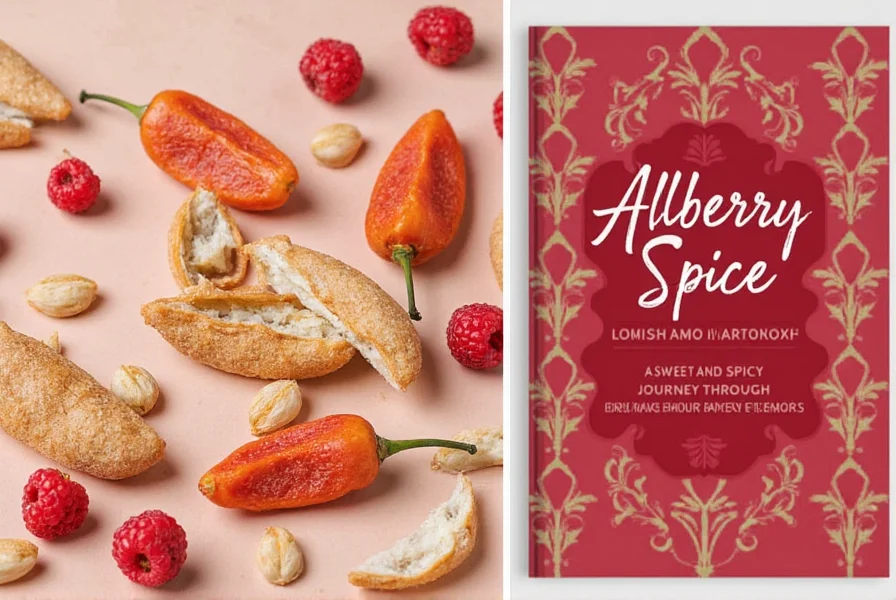
Understanding the Flavor Profile
The flavor profile of allberry spice balances sweet berry notes with warm spice undertones. It typically includes dried cranberries, blueberries, and raspberries combined with cinnamon, nutmeg, and cloves. This complex combination creates a versatile flavor that works in both sweet and savory applications.
| Spice | Flavor Notes | Best Used In |
|---|---|---|
| Allberry Spice | Sweet, tangy, warm | Desserts, fruit compotes, baked goods, savory glazes |
| Cinnamon | Warm, sweet, slightly spicy | Baked goods, coffee, oatmeal |
| Nutmeg | Warm, nutty, slightly bitter | Pastry, sauces, meat dishes |

Practical Tips for Using Allberry Spice
- Start Small: Begin with 1/4 teaspoon per serving and adjust to taste. Allberry spice is potent—too much can overpower dishes.
- Pairing Guide: Works exceptionally well with vanilla, chocolate, citrus, honey, and soy sauce. Try combining with maple syrup for breakfast dishes.
- Baking: Add 1-2 teaspoons to muffin, cookie, or cake batter for a unique twist. Perfect for cinnamon rolls and fruit crisps.
- Savory Applications: Use 1/2 teaspoon in meat rubs, vegetable glazes, or salad dressings. Great for roasted chicken or sweet potato dishes.
- Beverages: Stir 1/4 teaspoon into hot chocolate, apple cider, or tea for a warm, spiced drink.
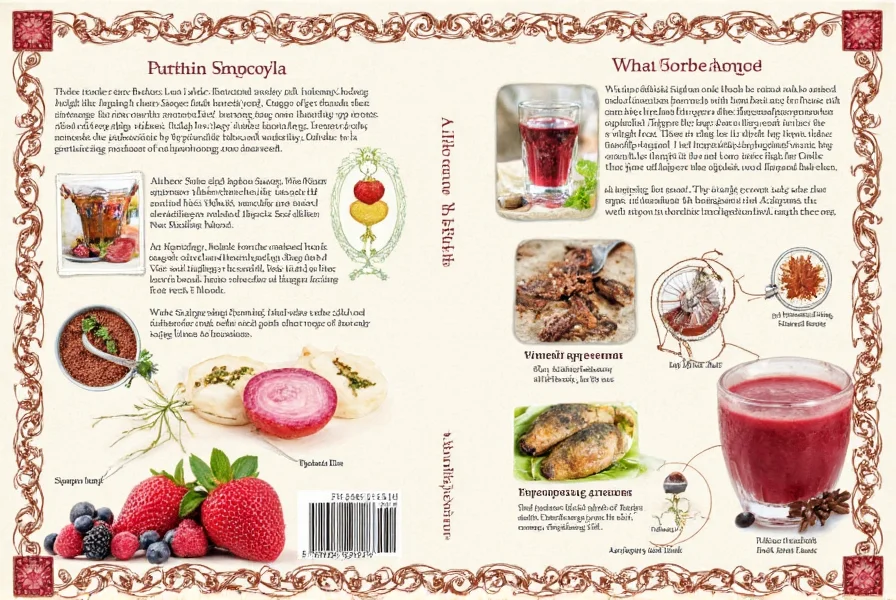
Cooking with Allberry Spice: 10+ Recipes
Here are tested recipes to maximize allberry spice's potential:
- Spiced Apple Cider: Simmer 4 cups apple cider with 1 tsp allberry spice, 1 cinnamon stick, and 2 orange slices for 15 minutes. Serve hot.
- Allberry Glazed Chicken: Mix 2 tbsp honey, 1 tbsp soy sauce, 1 tsp allberry spice, and 1 minced garlic clove. Brush onto chicken thighs before baking at 400°F for 25 minutes.
- Blueberry Oatmeal: Cook 1/2 cup oats with 1 cup milk, then stir in 1 tsp allberry spice and 1/4 cup fresh blueberries. Top with almonds.
- Allberry Smoothie: Blend 1 banana, 1/2 cup Greek yogurt, 1 cup almond milk, 1 tsp allberry spice, and 1 tbsp chia seeds.
- Spiced Fruit Salad: Toss 4 cups mixed berries with 1 tsp allberry spice, 1 tbsp lemon juice, and 1 tsp honey. Chill for 30 minutes before serving.
- Vanilla Allberry Cake: Add 2 tsp allberry spice to your favorite vanilla cake batter. Top with cream cheese frosting and fresh berries.
- Spiced Sweet Potato Fries: Toss 2 lbs sweet potatoes with 1 tbsp olive oil, 1 tsp allberry spice, and salt. Bake at 425°F for 25 minutes.
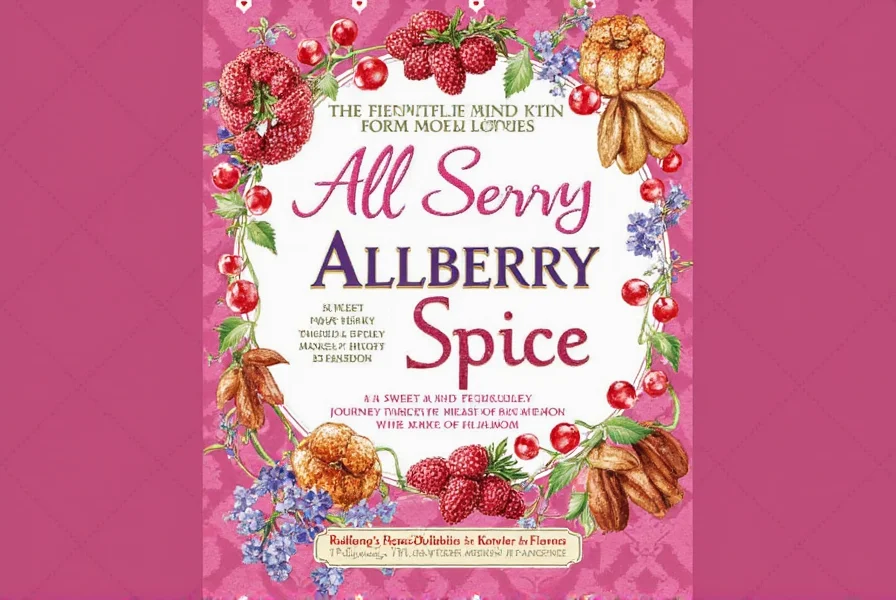
Buying Guide: How to Choose the Best Allberry Spice
Follow these criteria when purchasing:
| Brand | Key Features | Best For | Price Range |
|---|---|---|---|
| SpiceCraft Allberry | Organic, hand-blended, no additives | Baking and gourmet dishes | $$ |
| Herb & Berry Blend | Affordable, widely available | Everyday cooking and teas | $ |
| WildBerry Spices | Premium quality, artisanal blend | Special occasions and fine dining | $$$ |
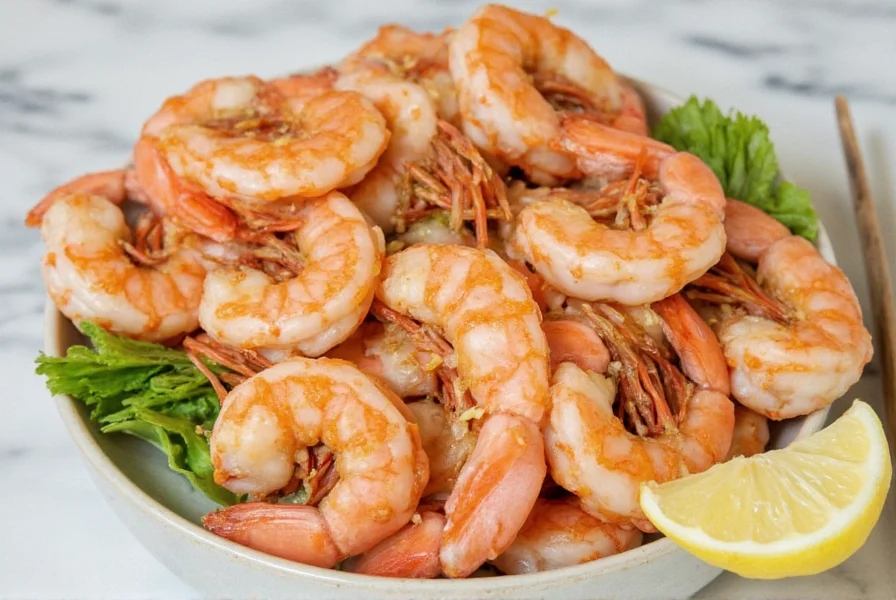
Always check for: real dried fruit pieces (not artificial flavors), airtight packaging, and a strong berry-spice aroma. Avoid products with added sugars or preservatives.
Frequently Asked Questions
What exactly is allberry spice made of?
Allberry spice is a blend of dried berries (cranberries, blueberries, raspberries) and warming spices (cinnamon, nutmeg, cloves). High-quality versions contain no artificial additives—only natural ingredients. The best blends maintain a 2:1 ratio of berries to spices for balanced flavor.
How much allberry spice should I use in recipes?
Start with 1/4 teaspoon per serving for beverages and 1-2 teaspoons for baked goods (for 12 servings). Adjust gradually since it's potent. For savory dishes, begin with 1/2 teaspoon per pound of meat or vegetables.
Can allberry spice be used in both sweet and savory dishes?
Yes! Its versatility comes from the berry-spice balance. Use it in desserts like cakes and oatmeal, or in savory applications like chicken glazes, roasted vegetables, and salad dressings. The sweetness complements savory elements without overpowering them.
How should I store allberry spice to maintain freshness?
Store in an airtight container away from heat and light. A cool pantry is ideal. Proper storage preserves flavor for 6-12 months. Avoid refrigeration unless in humid climates—moisture can cause clumping.
Is allberry spice the same as mixed berry spice?
No. Mixed berry spice contains only dried berries, while allberry spice combines berries with warming spices like cinnamon and nutmeg. This makes allberry spice more complex and suitable for both sweet and savory applications.
Can I make my own allberry spice blend at home?
Yes. Combine 2 parts ground dried cranberries, 1 part ground blueberries, 1 part ground raspberries, 1 tsp cinnamon, 1/2 tsp nutmeg, and 1/4 tsp cloves. Store in an airtight container. Adjust ratios to taste—more berries for sweeter profiles, more spices for warmer notes.
Conclusion
Allberry spice transforms ordinary dishes with its unique sweet-tangy warmth. From breakfast oatmeal to gourmet chicken glazes, its versatility makes it a kitchen essential. By following these tips and recipes, you'll unlock its full potential and impress everyone with your culinary creations.
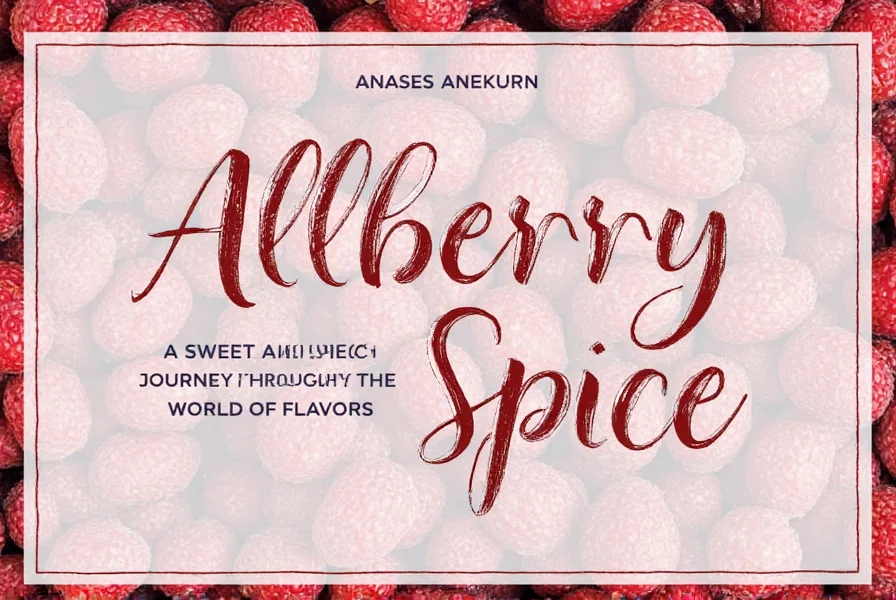

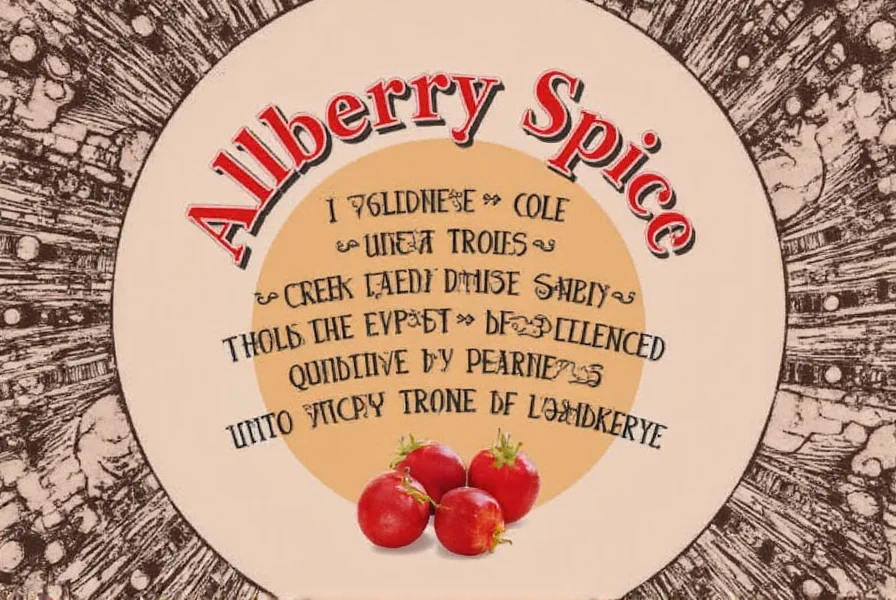









 浙公网安备
33010002000092号
浙公网安备
33010002000092号 浙B2-20120091-4
浙B2-20120091-4